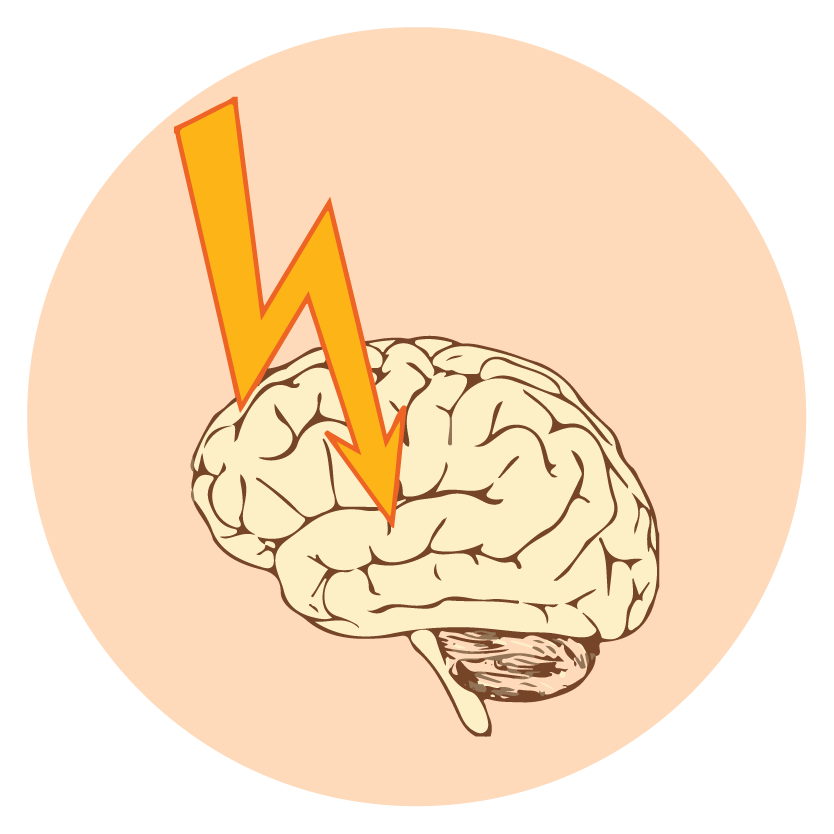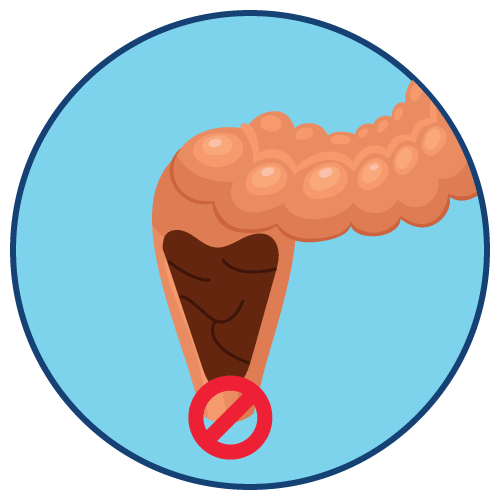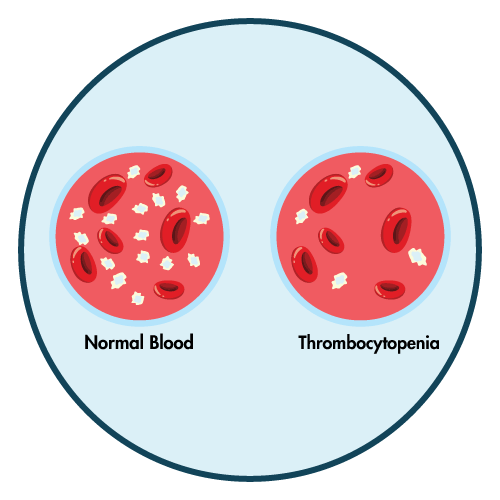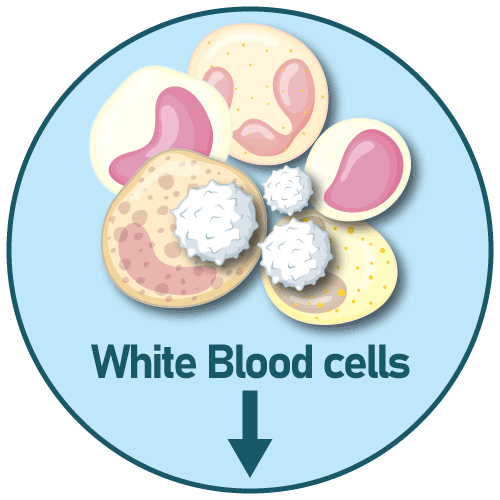Medicine details
| Image |  |
| Name | Diphedan |
| Dosage | Tablet |
| Generic Name | Phenytoin Sodium |
| Classes |
Central Nervous System Agent Anticonvulsant / Antiepileptic Agent Cardiovascular Agent Antiarrhythmic Agent Sodium Channel Blocker |
| Diseases |
CNS Disorder Seizure |
| Company | Ambee Pharmaceuticals Ltd. |
Drug Package Details
| Strength | 100 mg |
| Storage Condition | |
| Origin Country | Bangladesh |
| Commercial Pack | 100 |
| Price per pack | ৳ 201.00 |
| Cost per pack | ৳ 176.88 |
| Package unit | 10 tabs strip |
| Price per unit | ৳ 2.01 |
| Cost per unit | ৳ 1.77 |
| Discount | 0 |
| Coupon | |
| Remarks |
Phenytoin Sodium
Phenytoin sodium is an antiepileptic drug. Phenytoin is a non-specific sodium channel blocker and targets almost all voltage-gated sodium channel subtypes lowing down neuronal impulse generation and propagation.
Phenytoin is indicated for the control of generalized tonic-clonic (grand mal) and complex partial (psychomotor, temporal lobe) seizures and prevention and treatment of seizures occurring during or following neurosurgery.
Adult Dosage:
- Divided daily dosage: Patients who have not previously received treatment may begin with one 100-mg Phenytoin sodium Extended Oral Capsule three times daily, with the dosage then adjusted to meet individual needs. For most adults, one capsule three to four times per day will suffice as a maintenance dose. If necessary, the dose can be increased to two capsules three times per day.
- In adults, if seizure control is established with divided doses of three 100-mg Phenytoin sodium capsules daily, once-a-day dosage with 300 mg of extended phenytoin sodium capsules may be considered.
Pediatric Dosage:
Initially, 5 mg/kg/day in two or three equally divided doses, with subsequent dosage individualized to a maximum of 300 mg daily. A recommended daily maintenance dosage is usually 4 to 8 mg/kg. Children over 6 years old and adolescents may require the minimum adult dose (300 mg/day).
- Central Nervous System: The most common manifestations encountered with phenytoin therapy are referable to this system and are usually dose-related. These include nystagmus, ataxia, slurred speech, decreased coordination, and mental confusion. Dizziness, insomnia, transient nervousness, motor twitching, and headaches have also been observed. There have also been rare reports of phenytoin induced dyskinesias, including chorea, dystonia, tremor, and asterixis, similar to those induced by phenothiazine and other neuroleptic drugs.
- Gastrointestinal System: Nausea, vomiting, constipation, toxic hepatitis, and liver damage.
- Integumentary System: Dermatological manifestations sometimes accompanied by fever have included scarlatiniform or morbilliform rashes. A morbilliform rash (measles-like) is the most common; other types of dermatitis are seen more rarely. Other more serious forms which may be fatal have included bullous, exfoliative or purpuric dermatitis, lupus erythematosus, Stevens-Johnson syndrome, and toxic epidermal necrolysis.
- Hemopoietic System: Hemopoietic complications, some fatal, have occasionally been reported in association with administration of phenytoin. These have included thrombocytopenia, leukopenia, granulocytopenia, agranulocytosis, and pancytopenia with or without bone marrow suppression.
- Connective Tissue System: Coarsening of the facial features, enlargement of the lips, gingival hyperplasia, hypertrichosis, and Peyronie’s disease.
- Immunologic: Hypersensitivity syndrome (which may include, but is not limited to, symptoms such as arthralgias, eosinophilia, fever, liver dysfunction, lymphadenopathy, or rash), systemic lupus erythematosus, periarteritis nodosa and immunoglobulin abnormalities.
- The liver is the primary site of phenytoin biotransformation; patients with impaired liver function, the elderly, or those who are critically ill may exhibit early signs of toxicity.
- If a skin rash develops, phenytoin should be stopped. If the rash is exfoliative, purpuric, or bullous, or if lupus erythematosus, Stevens-Johnson syndrome, or toxic epidermal necrolysis is suspected, discontinue use of this medication and seek alternative treatment.
- Hyperglycemia has been reported as a side effect of the drug's inhibitory effects on insulin release. In diabetic patients, phenytoin may also raise serum glucose levels.
- Phenytoin therapy has been linked to osteomalacia, which is thought to be caused by phenytoin's interference with vitamin D metabolism.
- Phenytoin is not indicated for seizures due to hypoglycemic or other metabolic causes. Appropriate diagnostic procedures should be performed as indicated.
- Phenytoin is not effective for absence (petit mal) seizures. If tonic-clonic (grand mal) and absence (petit mal) seizures are present, combined drug therapy is needed.
Contraindication
Phenytoin is contraindicated in those patients who are hypersensitive to phenytoin or other hydantoins.
None known.
None known.









 Bangla
Bangla English
English